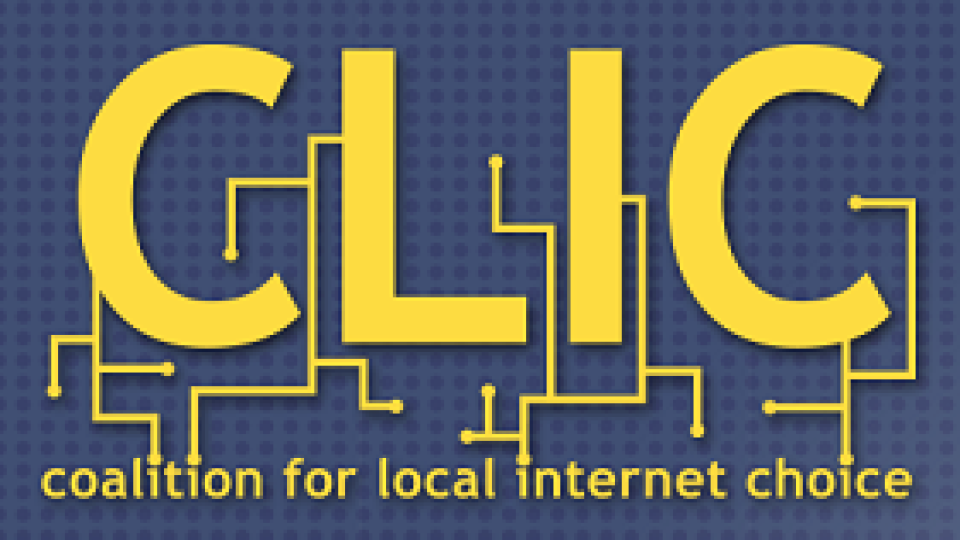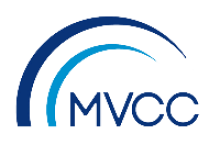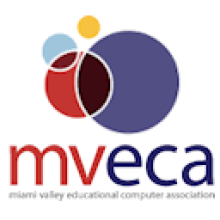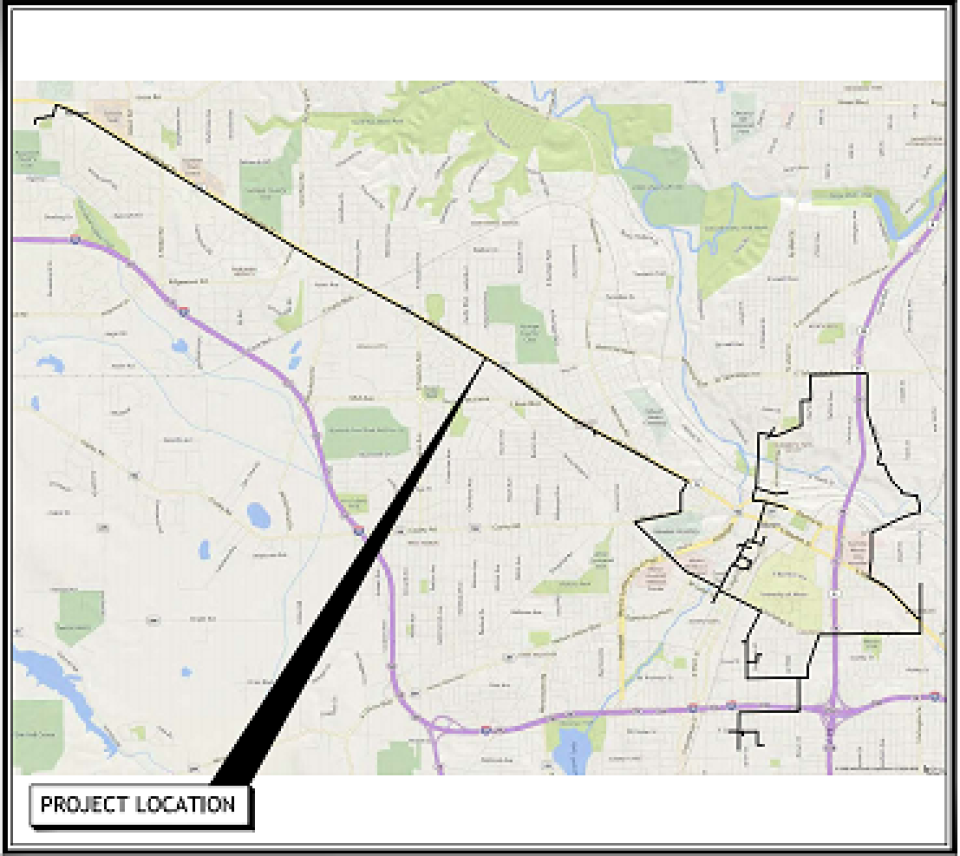
Fast, affordable Internet access for all.

Another year of the Broadband Communities annual summit is behind us, and it’s worth revisiting the most salient moments from the panels that touched on the wealth and variety of issues related to community broadband regulation, financing, and expansion today and in the future. We weren’t able to make it to every panel, but read on for the highlights.
Last Mile Infrastructure and the Limits of CARES Funding
The first day of the program saw some heavyweight sessions from Coalition for Local Internet Choice (CLIC) on last mile digital infrastructure. For communities at all stages of broadband exploration and investment — whether exploring an initial feasibility study, putting together an RFP, or already planning for the future by laying conduit as part of other projects — partnerships dominated the discussion, with timing and debt also serving as common themes.
ILSR’s Christopher Mitchel helped kick off the conference by moderating the first panel in the Rural/Editor's Choice track, and was joined by Peggy Schaffer from Maine's Broadband Office (ConnectME), Monica Webb from Internet Service Provider (ISP) Ting, and Roger Timmerman, CEO of Utah middle-mile network UTOPIA Fiber.
The group discussed the open access models to start, and the benefits that could be realized from two- or three-layer systems. UTOPIA Fiber has seen some explosive growth and spearheaded significant innovation recently as it continues to provide wholesale service to ISPs that want to deliver retail service on the network. Ting, which recently signed on to be one of two providers on SiFi Network’s first FiberCity in Fullerton, California, also acts as an example of what can happen when we break away from thinking about infrastructure investment and Internet access as one-entity-doing-it-all.

In this episode of the podcast Christopher talks with Jeff O'Neill, City Administrator of Monticello, MN, about FiberNet, which is owned by the city but today operates in a public-private partnership with local telecommunications provider Arvig.
Christopher and Jeff delve into the history and development of the network over the last fifteen years. They discuss how business leaders began calling for the city to look for a solution to poor Internet speeds all the way back in 2005, why the city ultimately decided to build its own network, and how FiberNet persevered in the face of an early lawsuit so that incumbent provider TDS could slow competition as it began its own fiber buildout. Jeff and Chris then talk about the network subsequently weathering a vicious price war with Charter Spectrum which contributed to the fracturing of its relationship with early partner Hiawatha Broadband, but which also brought significant savings and better customer service from incumbent providers to everyone in town.
They end by discussing the multitude of community benefits realized today by having three competing providers in Monticello — two offering Fiber-to-the-Home (FTTH) in the city of 14,000 — and what it means for community savings and economic development for the city moving forward. Jeff ends by sharing some of the work he’s most proud of being involved in and what he sees as important for FiberNet in the years ahead.
We want your feedback and suggestions for the show; please e-mail us or leave a comment below.
This show is 35 minutes long and can be played on this page or via Apple Podcasts or the tool of your choice using this feed.
Transcript below.
We want your feedback and suggestions for the show-please e-mail us or leave a comment below.
Listen to other episodes here or view all episodes in our index. See other podcasts from the Institute for Local Self-Reliance here.
Thanks to Arne Huseby for the music. The song is Warm Duck Shuffle and is licensed under a Creative Commons Attribution (3.0) license.
This year’s Broadband Community Summit has gone digital to adapt to the ongoing public health crisis, but will still offer a wealth of information on and seasoned experts speaking to all sorts of topics relevant to community broadband networks. It runs this week from Tuesday to Friday, and interested parties can register here.
Something for Everyone
Note that the Coalition for Local Internet Choice program has two panel sessions on partnerships of all colors and one on federal and state incentives on the first day of the summit. Other topics include:
Speakers

What is Chris Up To?
Our own Christopher Mitchell will be moderating two sessions — one on last-mile infrastructure, and another on municipal broadband success stories. The first, on Tuesday from 11:20a-12:15p:
Over the summer, Windstream and Colquitt Electric Membership Corporation announced that the two entities will work together to expand fiber optic Internet access throughout the electric co-op’s service territory in rural south Georgia. Windstream, the fifth largest telephone company in the nation, will maintain ownership of the newly deployed network and use it to offer its Kinetic broadband services to residents and businesses, while Colquitt, which has more than 45,000 members, will take advantage of the fiber connectivity to improve the management of its electric grid.
The announcement came one year after Georgia lawmakers clarified that electric cooperatives in the state are able to invest in broadband infrastructure to serve their members and established guidelines for co-ops that want to get into the business.
Working Out the Details
According to Telecompetitor, the project will expand Fiber-to-the-Home connectivity and gigabit speeds to Colquitt members who currently have access to Windstream’s much slower DSL services.

Windstream plans to use Colquitt’s labor force and its Rights-of-Way and electric poles to help deploy the network, but the telephone company will own the actual fiber optic lines. Colquitt will receive an indefeasible right of use (IRU) for some of the fiber capacity for internal uses and smart grid applications.
When Craig Eccher, CEO Tri-County Rural Electric Cooperative, joined Christopher on the podcast last fall, he had an exciting project to talk about: the electric cooperative, after strong calls from its membership asking their utility to deliver broadband, stepped up and committed to an $80 million, 3,250-mile fiber build across the rugged terrain of rural Pennsylvania, the first leg propelled by $52.6 million in federal and state grants. Tri-Co Connections, the subsidiary building the network and serving as provider, has begun connecting residents in an aggressive plan to serve 10,000 users in the next three years. The move makes Tri-County the first electric co-op in Pennsylvania to enter the fiber space, and it's doing so in dramatic fashion.
More Humble Beginnings

In July we wrote about West Des Moines’ announcement that it would build an open access citywide conduit system to spur broadband infrastructure investment, and how Google Fiber became the Iowa city’s first partner.
In this episode of the Community Broadband Bits Podcast, Christopher is joined by Jamie Letzring, Deputy City Manager for West Des Moines, Iowa, and Dave Lyons, a consultant with the city, to discuss in more detail how things unfolded behind the scenes.
Together, the group digs into the how West Des Moines started with a long-term vision—called West Des Moines 2036—that, in part, brought local leaders together to discuss universal high-speed Internet access as a path to equity, economic vitality, and citizen engagement. Jamie and Dave share the challenges that came with a rapidly congesting right of way (ROW) landscape, and how that ultimately led to the decision to commit to a citywide conduit model that has attracted Google Fiber. Finally, Chris, Jamie, and Dave talk about what the citywide conduit system will do for business development and city residents once it’s complete.
We want your feedback and suggestions for the show; please e-mail us or leave a comment below.
This show is 40 minutes long and can be played on this page or via Apple Podcasts or the tool of your choice using this feed.
Transcript below.
We want your feedback and suggestions for the show-please e-mail us or leave a comment below.
Listen to other episodes here or view all episodes in our index. See other podcasts from the Institute for Local Self-Reliance here.
Thanks to Arne Huseby for the music. The song is Warm Duck Shuffle and is licensed under a Creative Commons Attribution (3.0) license.
While new municipal networks often (and rightly!) catch headlines for dramatically improving the lives of residents by giving them access to high-speed, reliable, low-cost Internet access, institutional networks also remain a tried-and-true model for cities and regions looking to begin investing in their information future. And, by connecting government buildings, schools, public libraries, and other community anchor institutions, they save communities money and can serve as an alternative when monopoly ISPs like Comcast try to negotiate huge fee increases to basic city services without any explanation (like in the case of Martin County, FL).
The Miami Valley, Ohio, region accomplished the same goal a year ago, when GATEway Fiber lit up its intergovernmental, multi-jurisdictional fiber network connecting eight member cities and dozens of municipal buildings, schools, and other public anchor institutions. The result of six years of effort, the project provides the capacity and technical expertise for present and future undertakings to enhance educational initiatives, public safety programs, and utility work, and provides a model for other communities looking to work together to secure their information infrastructure moving forward.


A Joint Venture
Local governments have been creative in finding ways to conduct work remotely during the ongoing coronavirus pandemic, conducting city council meetings via Zoom or congregating in football stadiums to vote on referendums. Soon, Summit County, Ohio and the city of Akron will be better equipped to do similar work. Both have passed council measures approving an agreement with the neighboring city of Fairlawn to expand the latter’s municipal network southeast, and create a fiber ring connecting county- and city-level criminal justice and public safety buildings. The Summit County Criminal Justice Technology Project, which will be complete by the end of the year, is designed to facilitate court proceedings and public safety work remotely in response to the coronavirus pandemic.
A Burnin' Ring of Fiber
FairlawnGig, the municipal network run by the city of the same name, has issued a Request for Qualifications to design and build the network extension it will then manage. The ring will consist of 20 miles of mostly 864-strand fiber (with some places getting 24-strand additions or upgrades) and the $6.5 million cost will be paid for by Summit County (the money is coming from CARES Act funds).
Summit County Executive Ilene said of the investment:
COVID-19 has forced us to rethink how government operates and delivers services. As we begin to adjust to life with the virus, we have to consider how to safely and efficiently meet the needs of our community. This project prioritizes both safety and efficiency.

Cooperatives have been doing a lot over the last few months to advance connectivity efforts around the country. That trend is continuing in Virginia, where Prince George Electric Cooperative (PGEC) and Northern Neck Electric Cooperative (NNEC) have announced partnerships with utility provider Dominion Energy to expand broadband access to thousands living and working in rural areas in the state.
The two projects represent over nearly $32 million in total investment, with money coming from the counties, the electric cooperatives, the investor-owned utility, and the state.
Innovative Partnerships

The first-of-its-kind agreement between PGEC and Dominion Energy was originally announced last February, and aimed at a combined 6,700 residents in Surry County. Dominion will serve as the middle-mile provider, and is already installing fiber as part of upgrades to its grid management. It will lease that fiber to RURALBAND, PGEC’s broadband subsidiary, which will then be responsible for building last-mile connections to homes and businesses and acting as the retail service provider. 2,200 of those receiving Fiber-to-the-Home (FTTH) connections will be existing customers of PGEC, with the other 4,500 customers of Dominion. In total, the project is projected to cost between $16 and $18 million.
“This partnership brings rural Surry County into the modern communications age, bridging a vital utility gap through reliable high-speed broadband services to residents and businesses, essential to Surry’s social and economic prosperity,” said Surry’s Acting County Administrator Melissa Rollins in a press release.
A group of 15 cities in Los Angeles County, California, are closing in on the completion of the South Bay Fiber Network. The project, managed by the South Bay Cities Council of Governments (SBCCOG), will bring better connectivity to community anchors and enterprise customers in the region through a public-private partnership with American Dark Fiber (ADF).
According to a recent press release [pdf] from SBCCOG, some public facilities are already connected to the fiber ring, and the partners expect to finish the rest of the network by the end of the month. Once completed, the local governments hope that the SBFN will enable smart city applications, like traffic signal coordination, as well as telehealth services and remote learning and working.
Christian Horvath, Redondo Beach Councilmember, said in the press release:
The SBFN will allow us to serve all our residents better and improve their quality of life on so many levels including real-time transportation/traffic control connectivity . . . The Covid-19 pandemic has proven to any doubters that access to affordable and reliable high-speed Internet is even more important as it will allow the increasing numbers of city workers and local residents to efficiently work from home.
Public-Private Partnership
SBCCOG began its efforts in 2016 and has been working with consulting firm Magellan Advisors to plan the fiber network, which will be a mix of newly constructed infrastructure and leased fiber.
The SBFN will connect the cities of Carson, El Segundo, Gardena, Hawthorne, Hermosa Beach, Inglewood, Lawndale, Lomita, Manhattan Beach, Palos Verdes Estates, Rancho Palos Verdes, Redondo Beach, Rolling Hills, Rolling Hills Estates, and Torrance in Los Angeles County. Local institutions and government authorities are also participating in the fiber project, including the Beach Cities Health District, Los Angeles County Metropolitan Transportation Authority (LA Metro), Los Angeles County Department of Public Works, Lundquist Institute, South Bay Workforce Investment Board, and West Basin Municipal Water District.